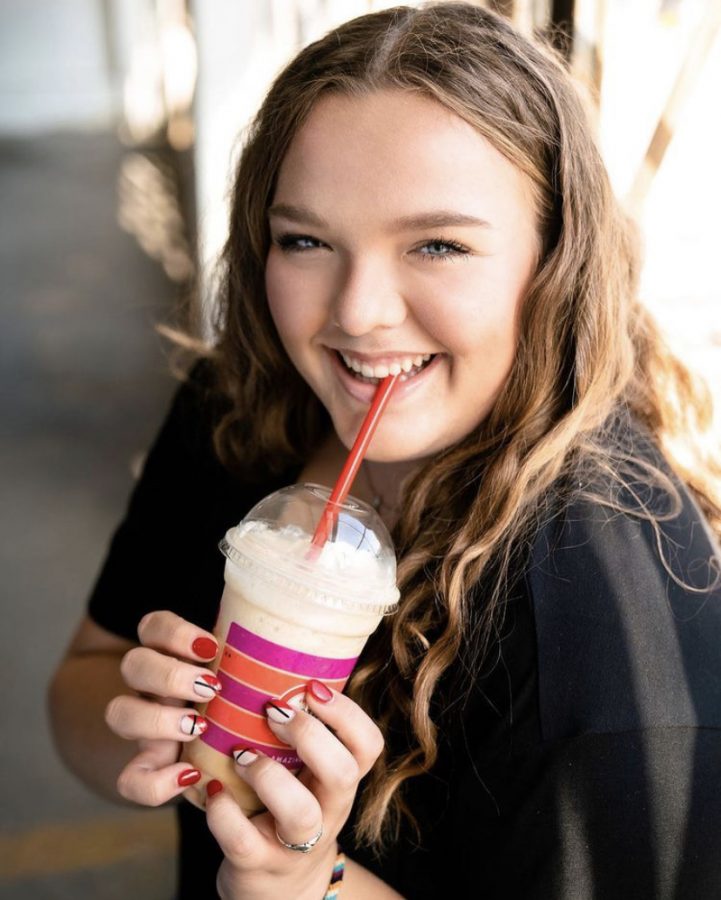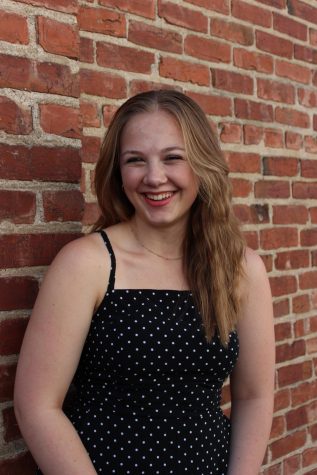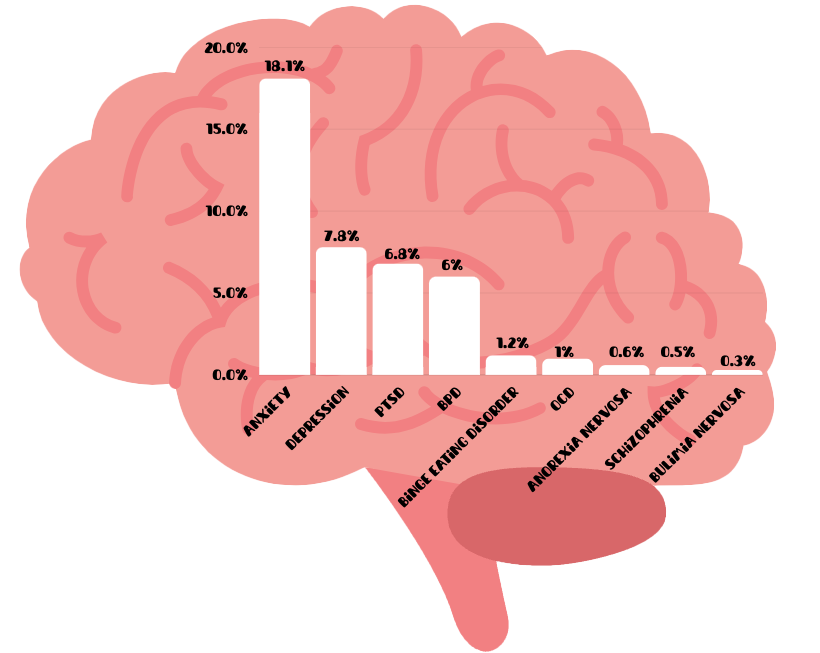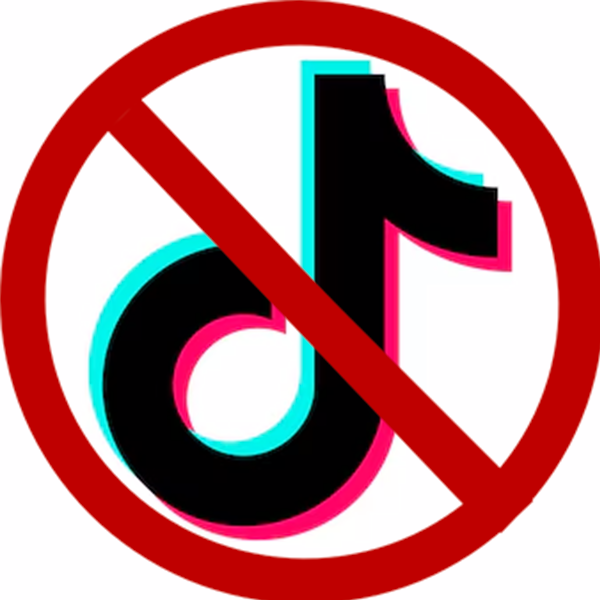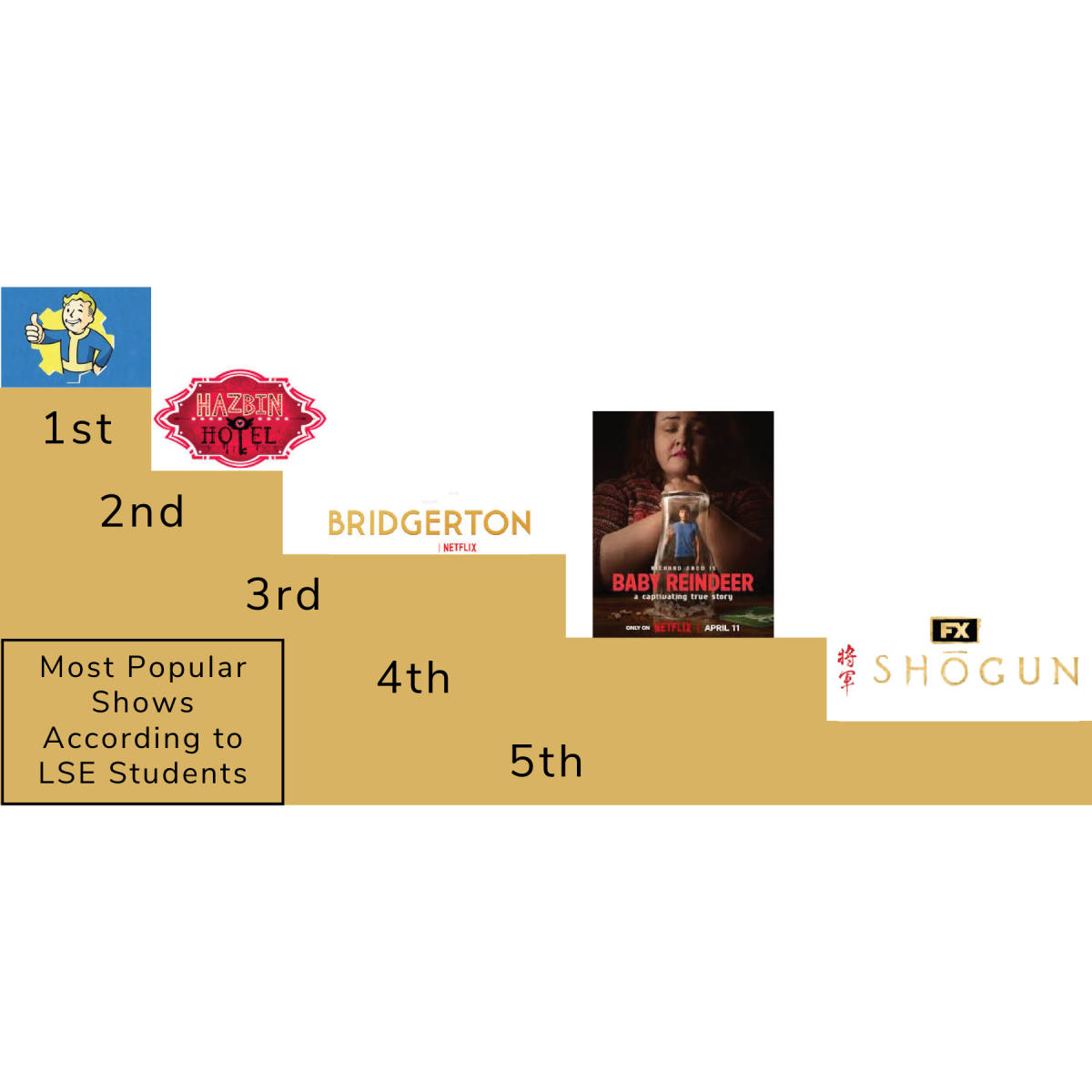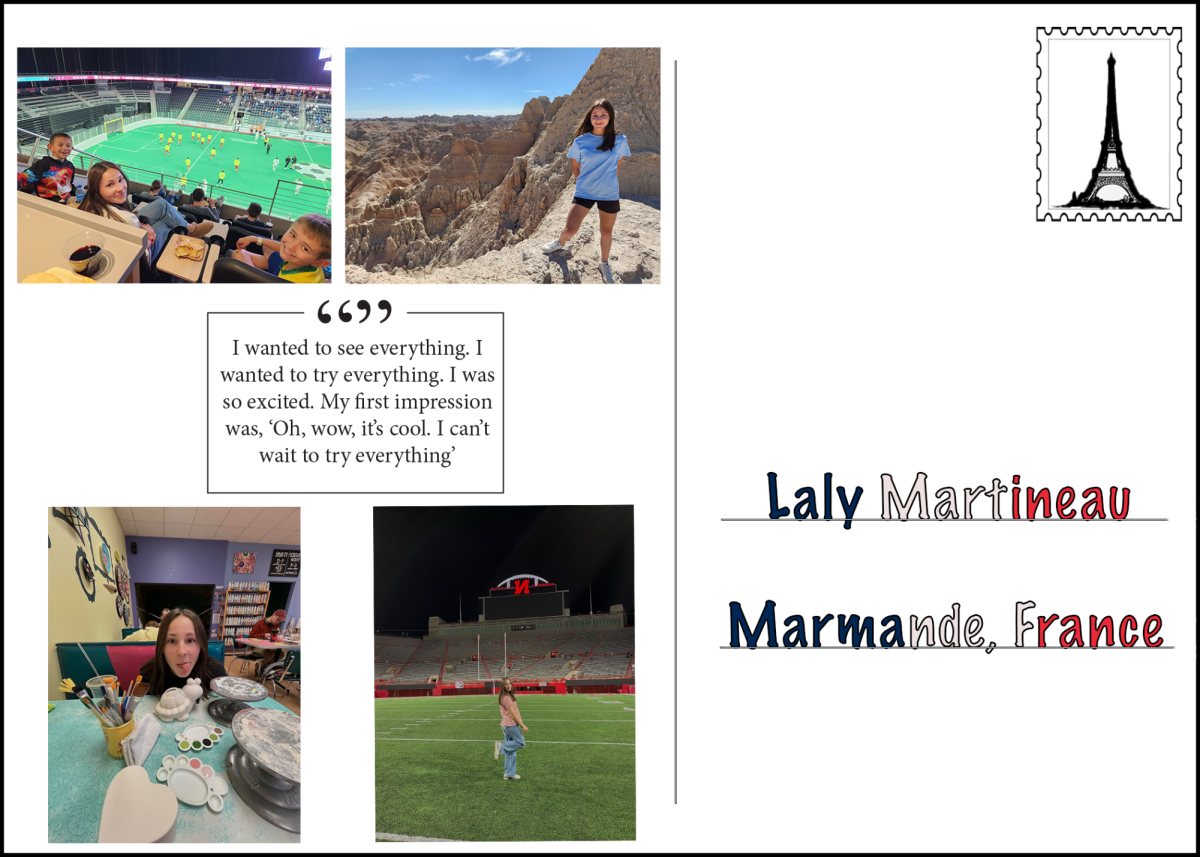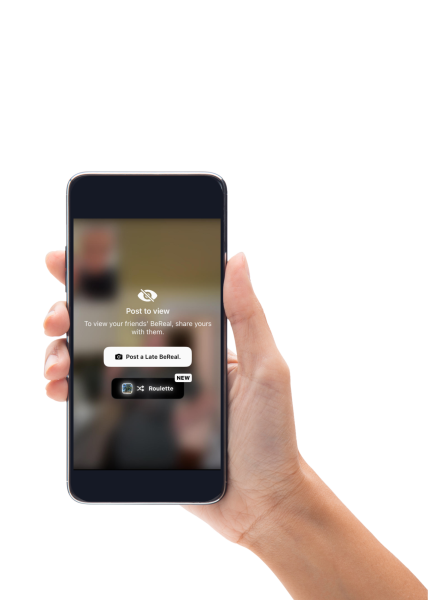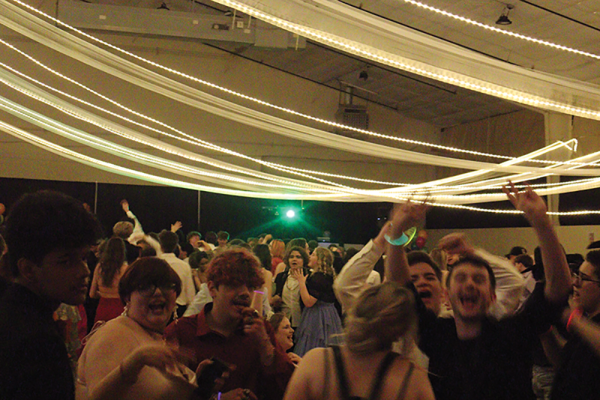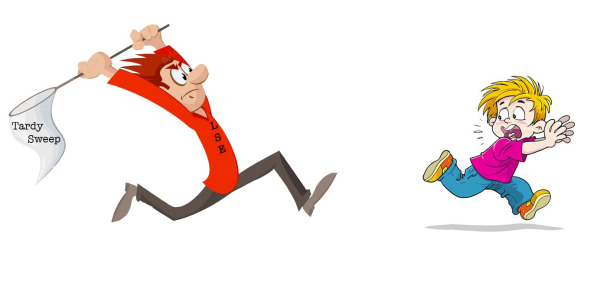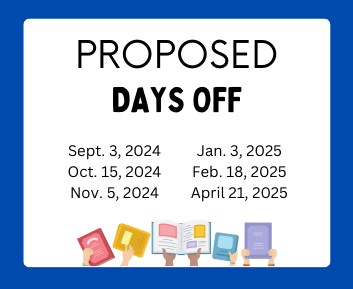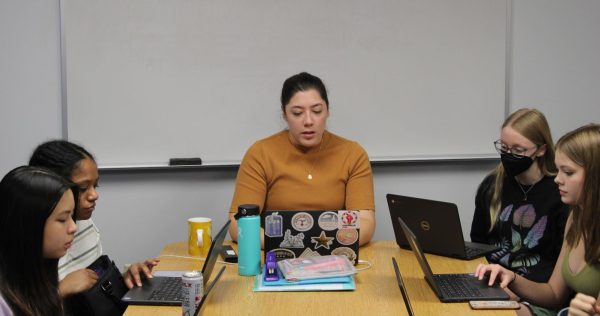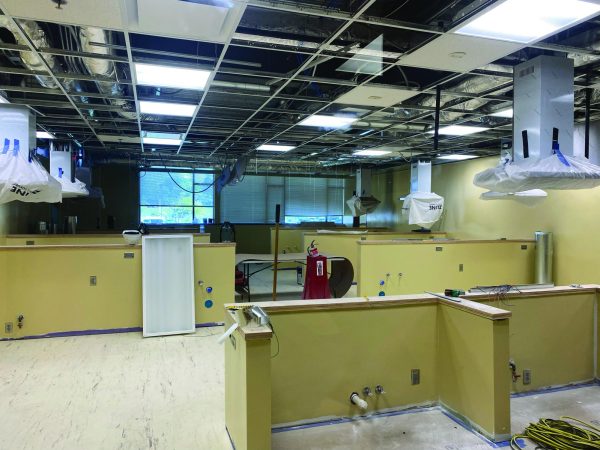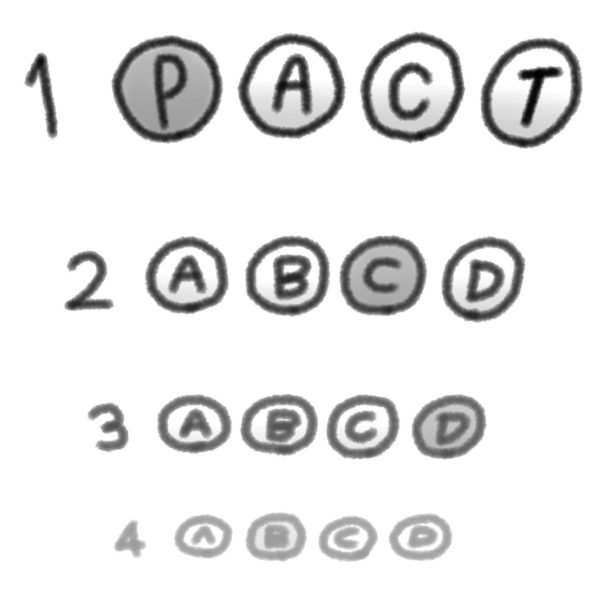Teens’ love for the classic cup of joe
Zoee Farlin sipping on her favorite Scooters drink- Image by Gabby with Sonnenblume Studios. To see more pictures from Zoee’s senior photo session, check out @sonnenblumestudios on instagram or go to www.linktr.ee/sonnenblumestudios
January 7, 2021
The history of where coffee first came from is a little bit of a mystery. No one really knows how or when coffee was initially discovered, but regardless of where it came from, it has become a multi-million dollar business over the hundreds of years it has been around. According to the National Coffee Association (NCA), in 2015 alone over $225.2 billion was handed to baristas and farmers that grew, roasted, and brewed up a cup of this beloved bean juice.
Coffee has been flavored to taste like anything and everything under the sun which has shown to appeal to people of all ages. Plus, with larger coffee brands such as Starbucks, Dunkin’, Tim Hortons, Caribou and Folgers, the ease of getting a nice hot cup of joe has never been easier.
More local coffee shops in Lincoln, such as Scooters, the Mill and Bagels and Joe have shown how smaller outlets are becoming strong competitors for big businesses.
Lincoln Southeast (LSE) senior Zoee Farlin is among the 64 percent of Americans that drink coffee on a regular basis, saying that while she likes to indulge in her Scooters’ blended Caramelicious with an extra shot of espresso, she doesn’t usually go out and “buy coffee a lot just because of how pricey it can add up to be.”
She started drinking coffee on a regular basis in her sophomore year of high school, “drinking every once in a while in middle school.”
Now, as a senior, Farlin’s love for coffee will forever be remembered in her senior pictures.
Her photographer, Gabby from Sonnenblume Studios, encouraged Farlin to include something that represented her during Farlin’s senior photo session. Farlin said she “came up with the idea [to include a Scooters drink in her senior pictures] because I love drinking coffee.”
Farlin definitely isn’t the only one at LSE that enjoys coffee every now and then, as the majority of the people she hangs out with drinks coffee as well.
This trend of introducing coffee to young adults has been rapidly spreading across the country, with the numbers growing larger each year. The NCA has proudly recognized an increase in coffee consumption from the ages 13 to 18 and don’t see these statistics slowing down any time soon.
In an interview conducted by the Intelligencer, NCA president Bill Murray said, “Most of us are drinking coffee and younger consumers appear to be leading the charge.”
One of the main reasons why coffee has become such a popular beverage in teens is its ability to keep one awake longer, thus allowing more time for students to finish homework or study for a test.
In one eight ounce cup of joe, there is roughly 95mg of caffeine. With just this one cup of coffee, in 30 to 60 minutes, it will provide energy for anywhere from three to six hours, with half of that caffeine still being processed in the body at the end of those six hours, according to a Sleep Education article.
For LSE senior Dalena Mai, she knows and loves coffee for this reason all too well. Mai used to frequently pull all nighters in the past, using coffee as her aid to get through the night and stay awake during the day.
While she isn’t pulling nearly as many all-nighters as what she has in the past, when she does, she uses a new drink of choice to get herself energized.
“Now I drink Bubbl’r which is just a healthier version of an energy drink with natural caffeine instead.”
With this instantaneous boost of energy, it’s quite tempting for hard or overworked people to rely on this caffeine high in order to function. Others, just like the taste of coffee. Regardless of the reason people drink coffee, the love of this drink spans across many stereotypes and is a common trend among a lot of different people.
Looking at daily consumption among the varying financial classes and races, it can help to show the most common group that is most likely to drink coffee on a daily basis.
Federal funded surveys, focusing on coffee consumption, show that 48.4 percent of Americans within the income of $75,000 and higher drink coffee on a regular basis, with the next highest consumption being found in the $0 to $24,999 income group. This leaves what most would consider the typical middle class to be in last place in the daily coffee comparison.
Going a bit further, the race that drinks the most coffee is whites, coming in the lead with a solid 65.4 percent. Hispanic, Asian, and coffee lovers come in at 30.3, 30.4, and 24.0 percent respectively.
All of this information is focused on the specific age range from 12 to 19 years old, but for the six to 11 age range, the results vary from what their older counterparts consume.
For the most part, the family income portion of the results seemed to be the same while there was a spike in the number of black children aged six to 11 that came in second for coffee consumption.
As the years go on, children start drinking coffee at younger ages which can promote addiction to caffeine once they get older.
In an article published by Teens Health, they state that “experts consider 200–300 mg of caffeine a day to be a moderate amount for adults. But consuming as little as 100 mg of caffeine a day can lead a person to become “dependent” on caffeine.”
Teenagers can be exposed to too much caffeine by drinking an excessive amount of coffee, espresso and soft or energy drinks. Too much caffeine can lead to calcium deficiency which can eventually lead to bone loss over time and even contributes to certain heart problems. Not only that, but too much caffeine could interact with specific medications and cause even more side effects to occur.
Experts suggest that while students don’t necessarily cut out all of the caffeine in their life, they should at least recognize the amount that they consume on a regular basis.
This can be a very challenging feat as though it seems as if there’s a coffee shop or gas station filled with energy drinks around almost every corner in Lincoln.
In fact, there are 11 Starbucks stationed around town, with the leading coffee shop being Scooter’s Coffeehouse with 12 locations total.
LSE is home to a lot of Scooters baristas at varying locations. Avery Lambert (12) is a lead barista at a local Scooter’s Coffeehouse where she describes her take on the leading coffee consumers and trends she sees as a barista.
She’s noticed that while younger customers tend to get blenders, hot cocoa or smoothies, the older generations gravitate towards regular coffee (oftentimes the darkest roast of the day), anything that is labeled as skinny and drinks that are thought of as a healthier alternative than the more sugary and fancy drinks.
Lambert has observed timing trends for customers as well.
“Older people come more towards the early morning and the younger towards the evening,” she said.
As for yearly trends, Lambert says that holidays definitely are the busiest times in the year, along with the days where there are deals on the Scooters app.
Whether young or old, big brand or small, it’s obvious that a lot of people enjoy their daily dose of coffee. As younger people continue to drive the daily consumption numbers up, it’s important to remember the effects of coffee and create healthy habits starting young.
Of course a coffee every now and then could generate a latte happiness and make any day a little more brew-tiful, so don’t forget to treat yourself.

